New ultra-detailed imaging exposes the hidden structure and behavior of chromatin condensates — and hints at how their failures may drive disease.
Category: biotech/medical – Page 4
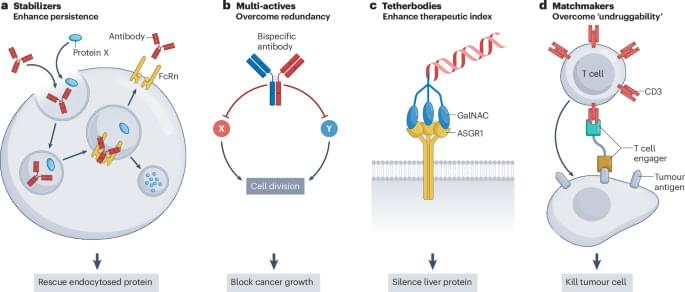
How multispecific molecules are transforming pharmacotherapy
Multispecific drugs are designed to engage two or more entities to exert their pharmacological effect. This Perspective discusses how a new wave of FDA-approved multispecific molecules have been transformative in overcoming barriers to drug development such as toxicity, rapid clearance, undruggable protein features, and functional redundancy.
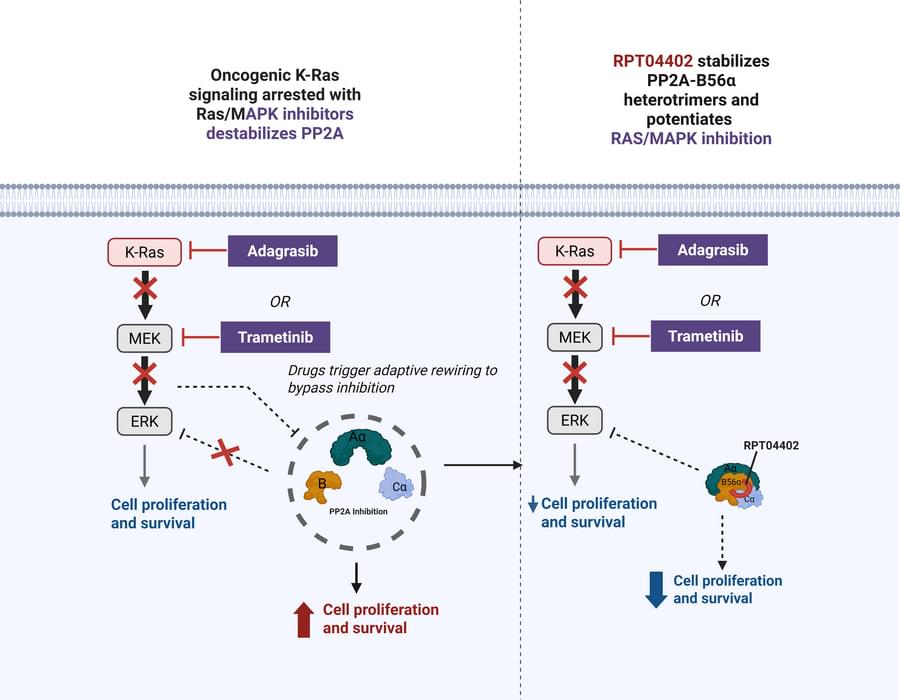
A phenotypic brain organoid atlas and biobank for neurodevelopmental disorders
Wang and colleagues present a phenotypic brain organoid atlas for neurodevelopmental disorders, revealing disease-specific cellular and molecular alterations that illuminate NDD pathogenesis. Integrating patient brain organoids, imaging, and exome sequencing, this resource provides a powerful platform to advance research and therapeutic discovery.
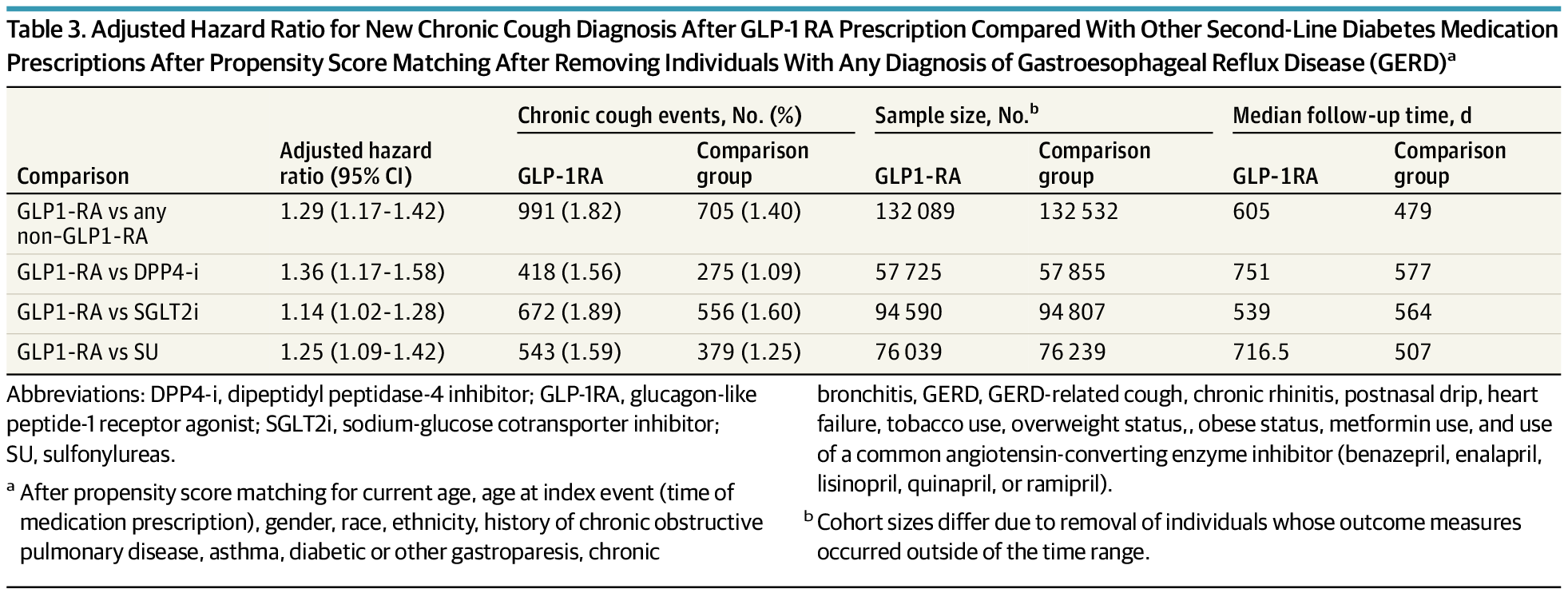
Glucagon-Like Peptide-1 Receptor Agonists and Chronic Cough
Use of glucagon-like peptide-1 receptor agonists (GLP1RA) in adults with type 2 diabetes was associated with an increased risk of new chronic cough compared with other second-line diabetes medications.
Question Is the use of glucagon-like peptide-1 receptor agonists (GLP-1RAs) associated with increased risk of chronic cough?
Findings In this cohort study of 427 555 individuals who were prescribed a GLP-1RA and 1 614 495 matched individuals who were prescribed a different second-line diabetes medication, GLP-1RA treatment was associated with a higher adjusted hazard ratio of new chronic cough. This association was independent of gastroesophageal reflux disease diagnosis.
Meaning The study findings suggest that patients who use GLP-1RAs have an increased risk of chronic cough, suggesting further exploration of the strength of this association and pharmacologic mechanisms.
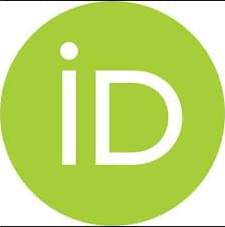
Total Synthesis and Anticancer Study of (+)-Verticillin AClick to copy article linkArticle link copied!
For the first time, MIT chemists have synthesized a fungal compound known as verticillin A, which was discovered more than 50 years ago and has shown potential as an anticancer agent.
The compound has a complex structure that made it more difficult to synthesize than related compounds, even though it differed by only a couple of atoms.
“We have a much better appreciation for how those subtle structural changes can significantly increase the synthetic challenge,” says Mohammad Movassaghi, an MIT professor of chemistry. “Now we have the technology where we can not only access them for the first time, more than 50 years after they were isolated, but also we can make many designed variants, which can enable further detailed studies.”
In tests in human cancer cells, a derivative of verticillin A showed particular promise against a type of pediatric brain cancer called diffuse midline glioma. More tests will be needed to evaluate its potential for clinical use, the researchers say.
Movassaghi and Jun Qi, an associate professor of medicine at Dana-Farber Cancer Institute/Boston Children’s Cancer and Blood Disorders Center and Harvard Medical School, are the senior authors of the study, which appears today in the Journal of the American Chemical Society. Walker Knauss PhD ’24 is the lead author of the paper. Xiuqi Wang, a medicinal chemist and chemical biologist at Dana-Farber, and Mariella Filbin, research director in the Pediatric Neurology-Oncology Program at Dana-Farber/Boston Children’s Cancer and Blood Disorders Center, are also authors of the study.
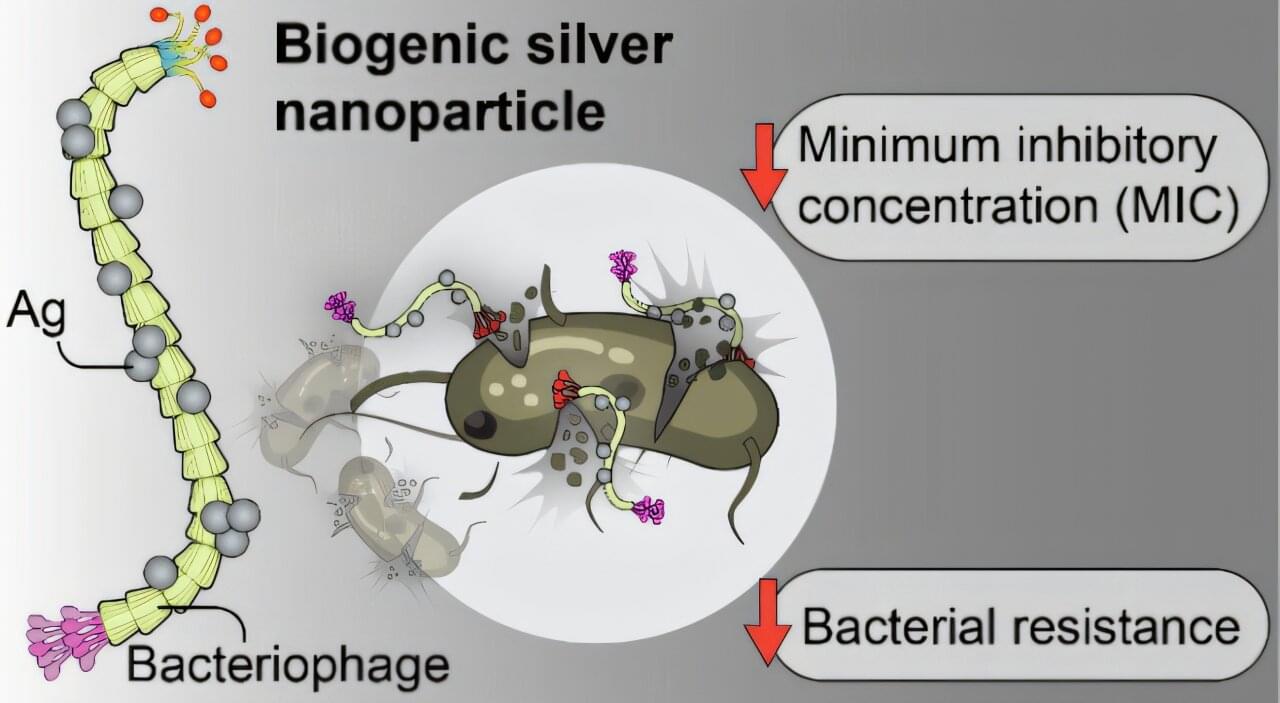
Silver nanoparticles built on viral biotemplate kill more bacteria and slow resistance rise
Antibiotics are no longer able to treat infections as effectively as they once did because many pathogens have developed resistance to these drugs. This phenomenon, known as antimicrobial resistance (AMR), claims over a million lives worldwide each year.
Scientists have long been searching for treatments to overcome AMR, and a discovery by researchers at the University of California takes a significant step forward. The team has developed a new type of silver nanoparticle (AgNP) that is much more effective against harmful bacteria and significantly slows the rise of antibiotic resistance.
The AgNP was designed with M13 phage—a rod-shaped virus that infects E. coli bacteria—as the biological template for particle growth, resulting in a potency 30 times higher than that of commercially purchased silver nanoparticles.

Synthetic neuroscience grants promote transformative brain tech
The Wu Tsai Neurosciences Institute, Sarafan ChEM-H, and Stanford Bio-X have awarded $1.24 million in grants to five innovative, interdisciplinary, and collaborative research projects at the intersection of neuroscience and synthetic biology.
The emerging field of synthetic neuroscience aims to leverage the precision tools of synthetic biology — like gene editing, protein engineering, and the design of biological circuits — to manipulate and understand neural systems at unprecedented levels. By creating custom-made biological components and integrating them with neural networks, synthetic neuroscience offers new ways to explore brain function, develop novel therapies for neurological disorders, and even design biohybrid systems that could one day allow brains to interface seamlessly with technology.
“The ongoing revolution in synthetic biology is allowing us to create powerful new molecular tools for biological science and clinical translation,” said Kang Shen, Vincent V.C. Woo Director of the Wu Tsai Neurosciences Institute. “With these awards, we wanted to bring the Stanford neuroscience community together to capitalize on this pivotal moment, focusing the power of cutting-edge synthetic biology on advancing our understanding of the nervous system — and its potential to promote human health and wellbeing.”
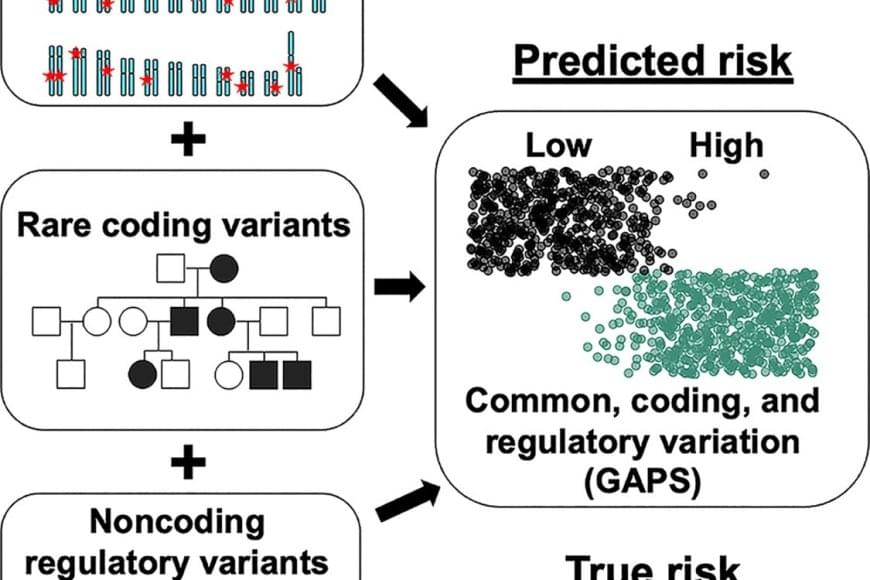
Sons of mothers with type 1 diabetes show early signs of vascular dysfunction
“Our work shows that vascular function is affected before metabolic dysfunction appears, which challenges current assumptions,” the last author of the study.
The study found that the dysfunction is driven by oxidative stress in endothelial cells, a potential early sign of future cardiovascular disease. The findings could help clinicians better assess risk and focus on preventive measures.
“We observed that early intervention can restore vascular function in affected animals, pointing to new opportunities for disease prevention later in life,” adds the first author.
A new study i reveals that sons born to mothers with type 1 diabetes may develop early vascular dysfunction – independently of metabolic health. The finding, published in Cell Reports Medicine, may help shape future strategies to prevent cardiovascular disease early in life.
Children of women with type 1 diabetes are known to be at increased risk of developing cardiovascular diseases. This new study is, according to the researchers, the first to show that the risk is linked to early dysfunction in blood vessel cells in sons, even before any metabolic issues arise.
Researchers used a combination of animal models, Swedish and Danish health registries, and a small clinical study to explore the link. Results show a sex-specific effect: only sons displayed early vascular changes.
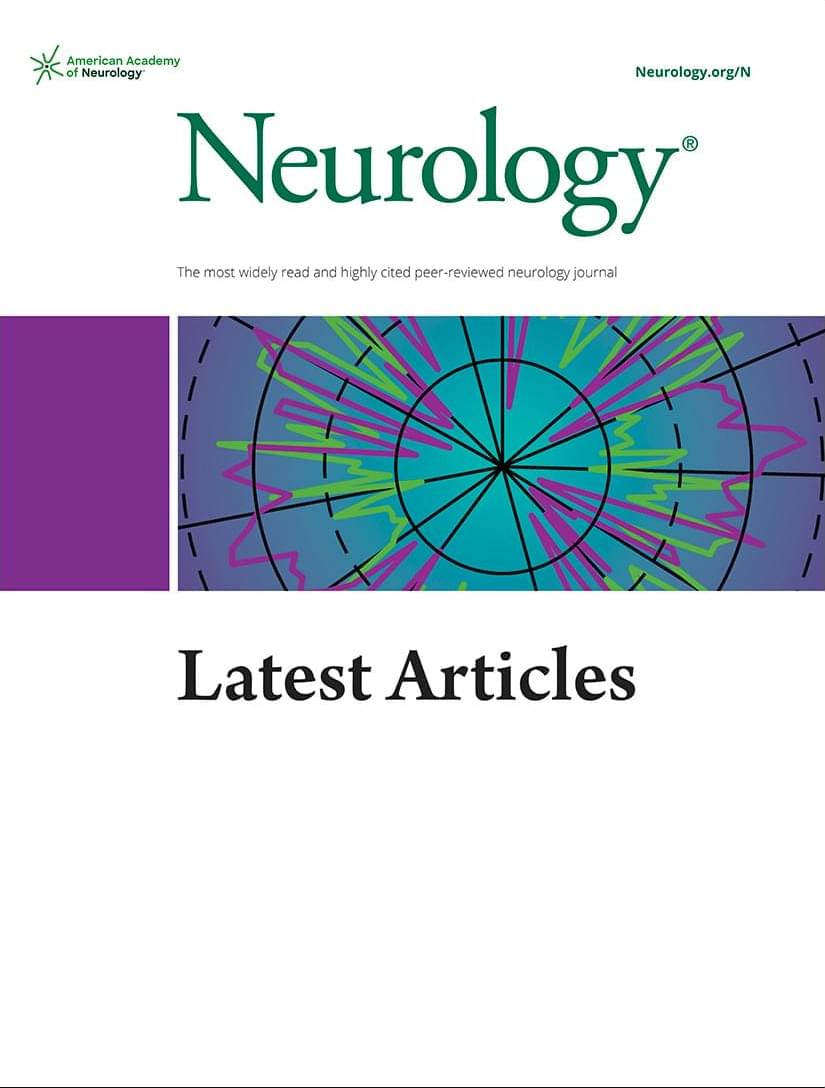

A Mysterious Bridge Between Life and Death
How does the discovery of the third state challenge traditional definitions of life and death, and what implications does this have for our understanding of biology? In what ways could the third state revolutionize medical treatments, and what ethical considerations might arise from using postmortem cells for therapeutic purposes? What role might the third state play in the evolution of life, and how could this influence the way we study and interpret changes in living organisms over time? Using these questions as inspiration, create a detailed essay exploring the scientific, medical, and philosophical implications of the third state. Once completed, share your essay to discuss your insights with us!